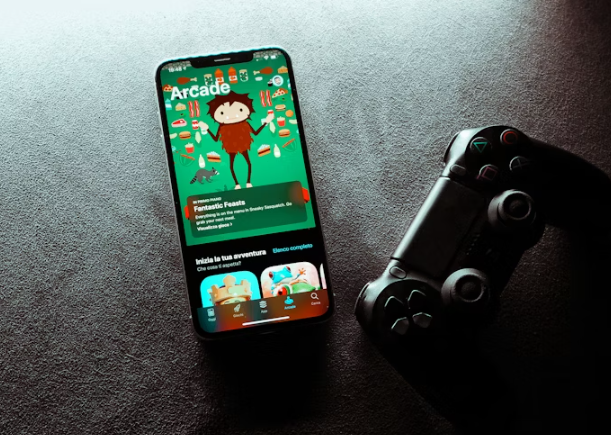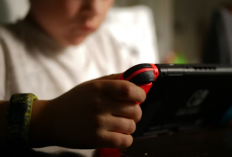Mobile Game Marketing Strategy: How Small Studios Go Viral

turned-on-smartphone-screen-and-dualshock-4-controller- Francesco-https://unsplash.com/
Mobile Game Marketing Strategy: How Small Studios Go Viral
In an era where thousands of mobile games flood app stores every day, the difference between obscurity and overnight success often comes down to one thing — strategy. Yet, the most remarkable viral hits of recent years didn’t come from billion-dollar publishers. They came from small studios, armed with creativity, intuition, and a deep understanding of how to spark curiosity in a world drowning in noise.
These indie developers don’t just make games — they craft movements. Their marketing isn’t about massive ad budgets; it’s about psychology, timing, and storytelling that spreads like wildfire.
The Birth of Buzz: How Small Studios Catch Fire
Every viral mobile game begins with a story worth sharing. Players don’t just download apps — they join narratives. The creators of Flappy Bird, Among Us, and Monument Valley all tapped into this invisible power: emotion. Whether it’s frustration, humor, or awe, the first emotional hit becomes the ignition point for virality.
“The secret to going viral is giving players a reason to talk,” explains digital strategist Leo Grant. “You’re not marketing to players — you’re marketing to conversations.”
That’s why small studios often begin their campaigns not with paid ads, but with shareable moments: bizarre game mechanics, unexpected plot twists, or visuals that stop users mid-scroll. These moments create hooks that travel faster than any banner ever could.
The Algorithm Whisperers
Understanding the invisible rules of the app stores is another battlefield. Small teams who master App Store Optimization (ASO) — catchy titles, keyword-rich descriptions, and irresistible thumbnails — often outperform larger competitors with deeper pockets.
But what really separates viral hits is their ability to manipulate attention. Game trailers designed for vertical viewing, snappy five-second intros, and satisfying gameplay loops tailored for TikTok or Reels aren’t accidents; they’re engineered for engagement. A one-minute video of raw gameplay can sometimes outperform a $50,000 marketing campaign.
The Human Element: Players as Marketers
In the new marketing landscape, players themselves are the best promoters. Small studios rely on community-driven virality — user challenges, memes, or limited-time events that invite participation. The audience becomes part of the narrative.
- Challenge Campaigns: Encourage players to record and share gameplay moments, turning social feeds into free advertising.
- Fan Art Contests: Engage creative players who amplify the game’s visibility through their own networks.
- Streamer Partnerships: Collaborate with micro-influencers whose audiences trust authenticity over sponsorship.
- Player Feedback Loops: Build games that evolve with community input, making players feel like co-creators.
One of the most successful examples came from a tiny studio in Vietnam that launched a quirky puzzle game. Instead of traditional ads, they offered players early access for sharing the game on social media. Within weeks, downloads skyrocketed, and global streamers picked it up — all without a marketing budget.
The Power of Storytelling in Marketing
Every viral game has a story beyond its code. Maybe it’s a developer’s personal struggle, an underdog journey, or an unexpected design inspiration. When audiences connect emotionally with a creator’s journey, they invest in more than just the product — they invest in the dream.
“People don’t share apps; they share feelings,” says creative marketer Anya Liu. “When players sense authenticity — a real story behind the pixels — they root for it.”
Small studios leverage this truth by sharing their process openly on platforms like X (Twitter), YouTube, and Reddit. Screenshots of development bugs, behind-the-scenes challenges, and candid updates humanize the creators, turning audiences into cheerleaders.
Timing the Viral Spark
Going viral isn’t just about the message; it’s about the moment. Smart studios time their launches to ride cultural waves — trending memes, movie releases, or online challenges. A well-timed trailer during a viral hashtag can generate millions of impressions organically.
Other studios take advantage of the “pre-launch whisper” — slowly building intrigue through cryptic posts and limited beta tests. By the time the official release drops, anticipation has already transformed into demand.






